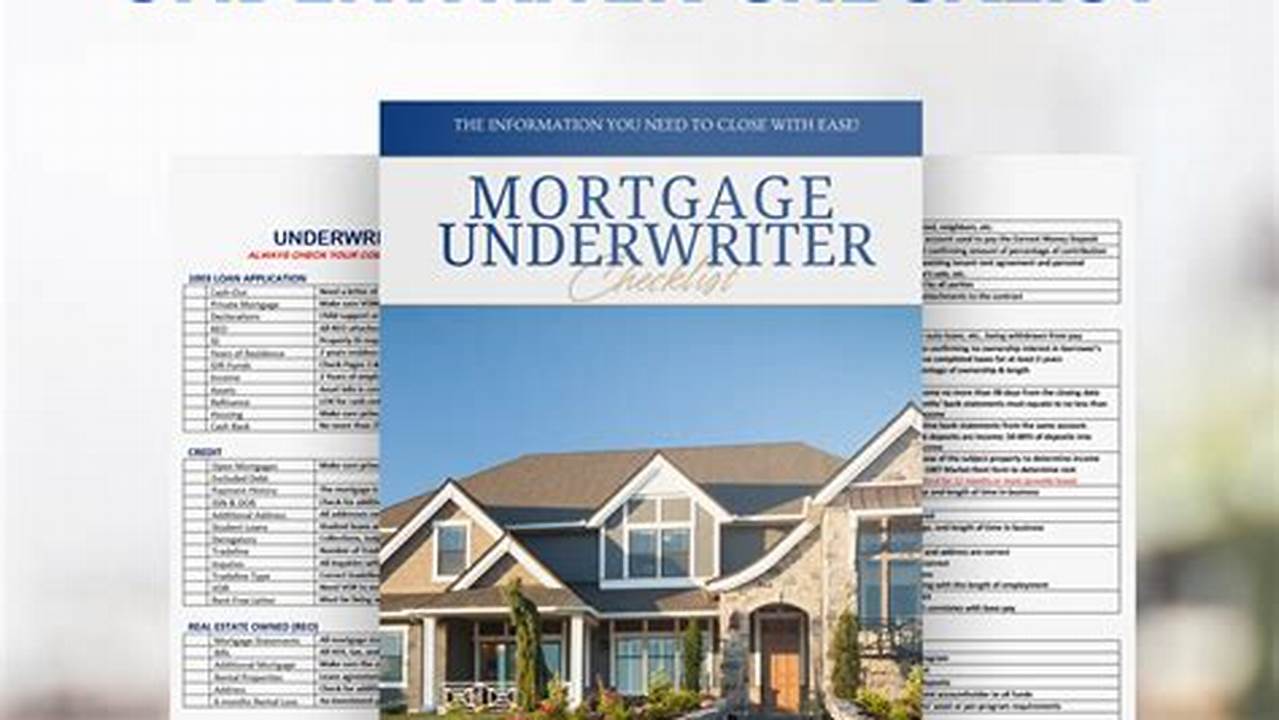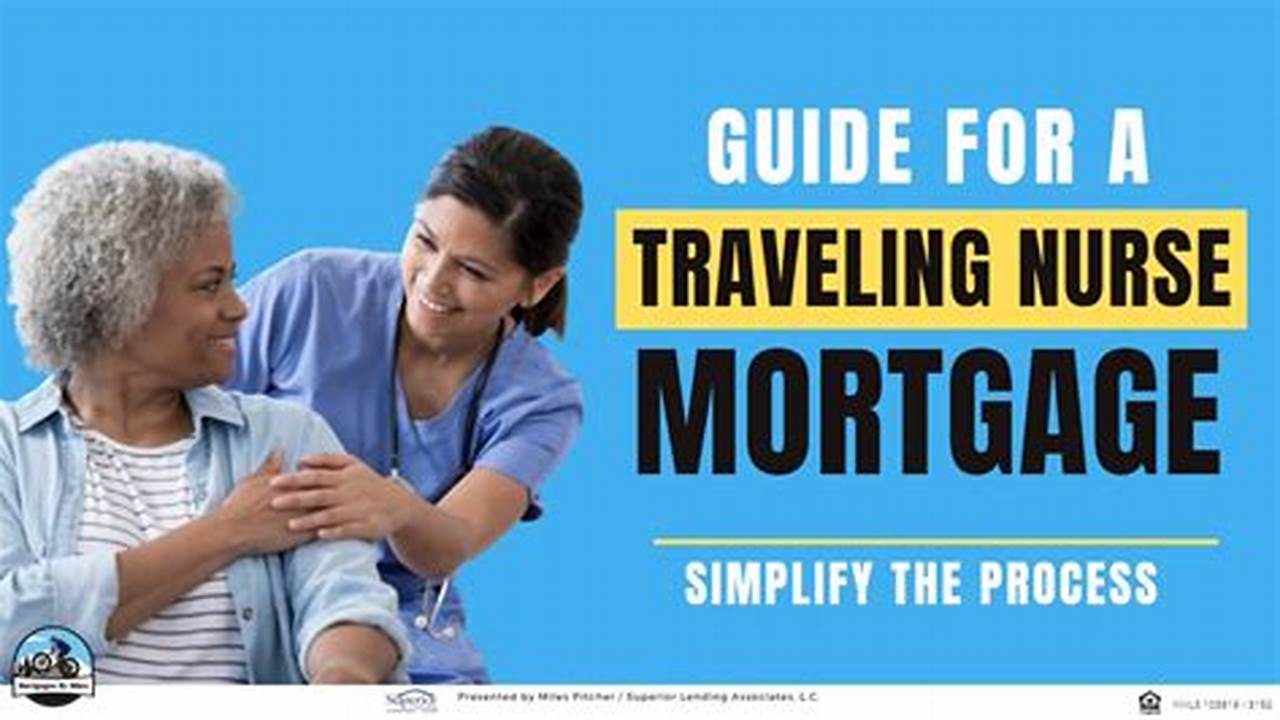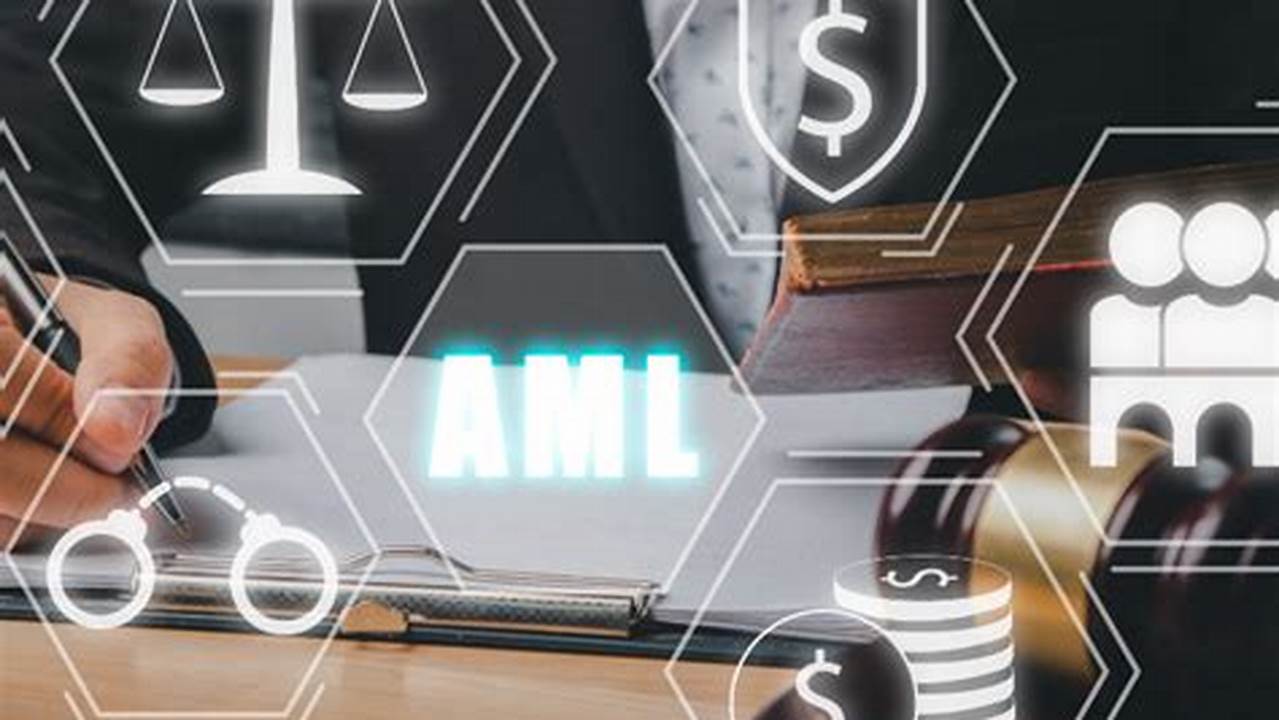Mortgage Insurance Premium in Reverse Mortgage Explained

Jeannedarcherblay.com Welcome may you get benefits. In This Session I want to share insights about the interesting Mortgage, Insurance. Informative Notes About Mortgage, Insurance Mortgage Insurance Premium in Reverse Mortgage Explained Don't miss reading this article until the end.
Mortgage Insurance Premiums in Reverse Mortgages
Mortgage insurance premiums (MIPs) play a critical role in reverse mortgages, providing protection for lenders and helping borrowers access home equity in their later years. Understanding MIPs is essential for borrowers considering a reverse mortgage. This comprehensive guide will delve into the details of MIPs, their impact, and key considerations to help you make informed decisions.
Details
What are Mortgage Insurance Premiums (MIPs) in Reverse Mortgages?
MIPs are insurance premiums paid by borrowers to protect lenders against potential losses in case of default or foreclosure. In a reverse mortgage, MIPs are typically required by the Federal Housing Administration (FHA) or the Department of Veterans Affairs (VA) to ensure that the lender is compensated if the borrower fails to repay the loan or maintains the property.
MIPs are calculated based on the loan amount, interest rate, term, and borrower's age. They consist of two components: an upfront premium and an annual premium. The upfront premium is typically paid at closing, while the annual premium is paid monthly over the life of the loan.
Purpose and Benefits of MIPS
MIPs serve several important purposes in reverse mortgages:
- They provide lenders with financial security against the risk of borrowers defaulting or failing to maintain the property.
- They enable borrowers to access home equity without having to make monthly mortgage payments, freeing up cash flow for other expenses.
- They protect borrowers from losing their homes to foreclosure if they cannot repay the loan.
Eligibility and Costs of MIPS
To be eligible for a reverse mortgage with MIPs, borrowers must meet certain criteria, such as:
- Being at least 62 years old
- Owning and occupying the property as their primary residence
- Having sufficient home equity
The costs of MIPs vary depending on the loan amount, term, and borrower's age. However, they typically range from 0.5% to 2.5% of the loan amount for the upfront premium and 0.5% to 1.25% of the loan amount annually.
Impact on Loan Limits and Borrowing Capacity
MIPs can impact the maximum loan limits and borrowing capacity in reverse mortgages. The FHA reverse mortgage loan limit for 2023 is $1,089,300, which includes the upfront MIP. This means that the actual loan amount borrowers can receive will be lower than the loan limit.
MIPs also affect the borrower's borrowing capacity. Because borrowers are responsible for paying MIPs, they will have less cash flow available to repay the reverse mortgage loan. This can affect the amount they can borrow and the loan terms they qualify for.
Alternatives to Reverse Mortgages with MIPs
Borrowers who are not eligible for or do not wish to pay MIPs may consider alternative reverse mortgage options:
- Proprietary Reverse Mortgages: These are private reverse mortgages that do not require MIPs, but they may have higher interest rates and loan fees.
- HECM Saver Reverse Mortgage: This FHA-insured reverse mortgage has lower upfront costs but requires borrowers to pay a monthly mortgage insurance premium (MIP) for the life of the loan.
- Home Equity Conversion Mortgage (HECM) for Purchase: This FHA-insured reverse mortgage allows borrowers to purchase a new home and repay the loan with reverse mortgage proceeds, but it requires MIPs.
Frequently Asked Questions
What is the purpose of MIPs in reverse mortgages?
MIPs provide financial protection for lenders against the risk of borrowers defaulting or failing to maintain the property.
How much do MIPs cost?
MIPs typically range from 0.5% to 2.5% of the loan amount for the upfront premium and 0.5% to 1.25% of the loan amount annually.
Who is responsible for paying MIPs?
Borrowers are responsible for paying MIPs. The upfront premium is typically paid at closing, while the annual premium is paid monthly over the life of the loan.
Do I have to pay MIPs if I have a proprietary reverse mortgage?
No, proprietary reverse mortgages do not require MIPs, but they may have higher interest rates and loan fees.
What is the difference between MIPs and mortgage insurance in a traditional mortgage?
MIPs in reverse mortgages are insurance premiums paid by borrowers to protect lenders against losses in case of default or foreclosure. Mortgage insurance in a traditional mortgage is insurance paid by borrowers to protect lenders against losses if the borrower defaults on the loan.
How do MIPs impact my borrowing capacity?
MIPs affect the borrower's borrowing capacity by reducing the cash flow available to repay the reverse mortgage loan.
What are some alternatives to reverse mortgages with MIPs?
Alternatives to reverse mortgages with MIPs include proprietary reverse mortgages, HECM Saver Reverse Mortgages, and HECM for Purchase loans.
Do I have to pay MIPs if I refinance my reverse mortgage?
You may have to pay MIPs if you refinance your reverse mortgage to a loan with a higher loan limit or different terms.
Pros
Pros of Reverse Mortgages with MIPS:
- Access to home equity without monthly mortgage payments
- Protection against foreclosure
- Peace of mind for lenders and borrowers
Tips
Tips for Considering Reverse Mortgages with MIPS:
- Shop around and compare costs from different lenders
- Understand the total costs, including upfront MIP, annual MIP, and other fees
- Consider your financial situation and long-term goals
- Seek professional advice from an experienced financial planner or housing counselor
- Be aware of the potential impact of MIPs on your borrowing capacity
Summary
Mortgage insurance premiums (MIPs) play a significant role in reverse mortgages, providing protection for lenders and enabling borrowers to access home equity in their later years. By understanding the details, costs, and alternatives to MIPs, borrowers can make informed decisions that align with their financial situation and long-term goals.
How do MIPs impact the maximum loan limits in reverse mortgages?
MIPs are included in the loan limit calculation.
The FHA reverse mortgage loan limit for 2023 is $1,089,300, which includes the upfront MIP. This means that the actual loan amount borrowers can receive will be lower than the loan limit.
How often are MIPs paid in a reverse mortgage?
MIPs in a reverse mortgage are paid in two components:
- Upfront Premium: Paid at closing
- Annual Premium: Paid monthly over the life of the loan
That is the in-depth description of mortgage insurance premium in reverse mortgage explained in mortgage, insurance that I have shared Please explore other sources to deepen your understanding think forward and maintain your well-being. Let's spread this good information to everyone. Thank you for your attention check other articles below.










